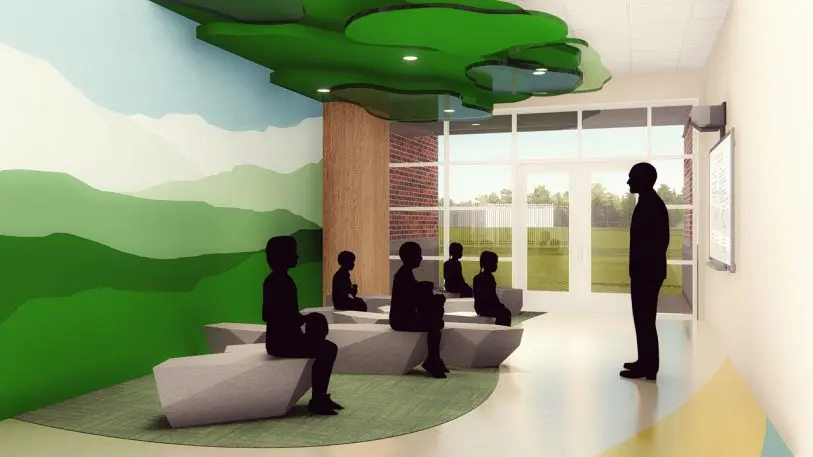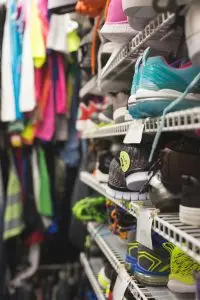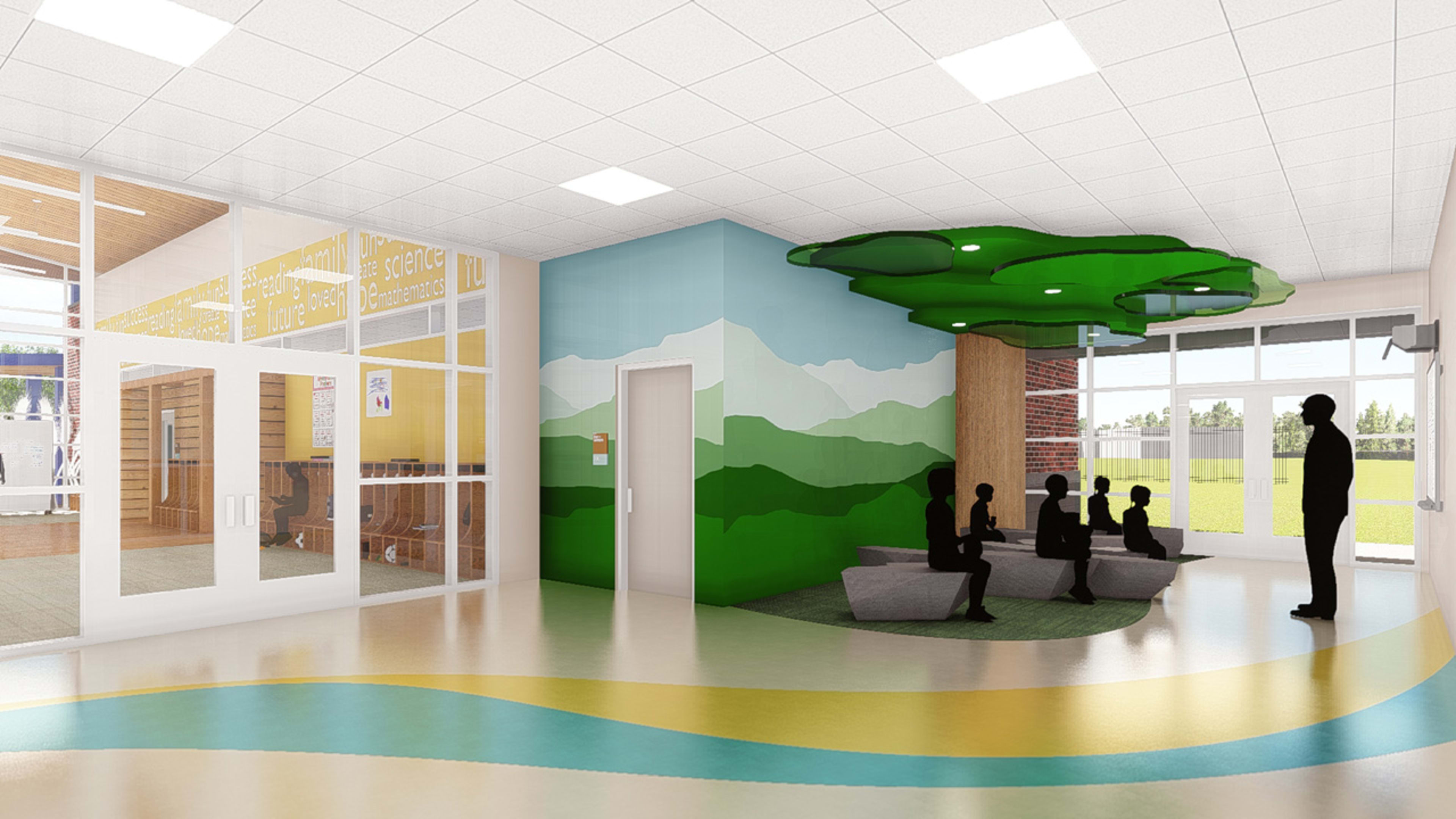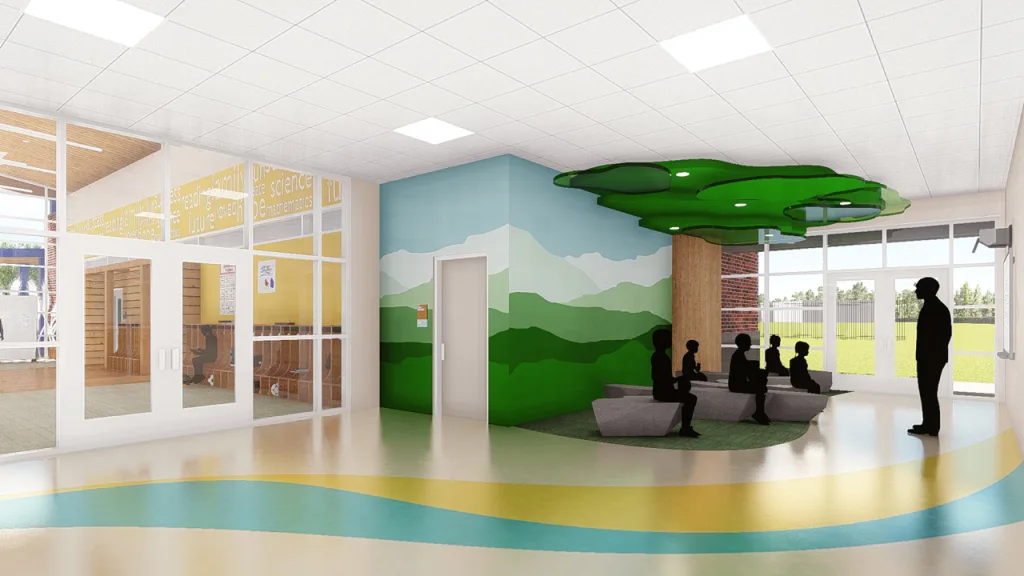At a new school for homeless children in Oklahoma City, there’s a “food lab” where children who don’t have access to a kitchen of their own can learn to cook along with their parents. Down the hall, there’s a washer and dryer they can use if they’ve come to school with dirty clothes. In another wing of the building, parents get help finding housing, food, and jobs.
The campus, which will open in September, is a new facility for a unique nonprofit focused on helping kids who might otherwise struggle in public schools catch up so they can reenter mainstream classrooms. “We want to take children who are chronically homeless, children who are a couple of years behind academically and socially, families who are living in a lot of chaos, and we want to work with the children to get them up to speed academically and socially,” says Susan Agel, the executive director of the nonprofit, called Positive Tomorrows.

The nonprofit has operated its tuition-free private school out of classrooms on a smaller property since 2002, but the new school was purpose-built for the needs of homeless children. The architects started by asking for input from the students. “The first thing that we did was we gave them a blank piece of paper and just told them, ‘Dream about what you want your school to look like,'” says Gary Armbruster, principal architect and partner at MA+ Architecture.

One of the requests was just to have space where they could hang out with friends. “We have kids who don’t get to go to playdates. They don’t do birthday parties,” says Agel. At public schools, homeless children are typically left out of the social calendar of sleepovers or visiting friends’ houses, in part because they have nowhere to host friends themselves. At Positive Tomorrows, they can get more practice socializing.
The school also tries to recreate a sense of home. As kids enter the building, they’ll walk into the cafeteria, renamed the family room, and smell food cooking. The playground is called the backyard. There’s a small gathering area in front called the front porch. The vocabulary, like the cooking lessons that the school offers, is a small way to introduce children to parts of the world that they may not yet have experienced. “A couple of years ago, we had a volunteer who brought chocolate chip cookies that she had made to hand out to the children, and the teacher was talking about how these cookies were homemade,” says Agel. “And one of our little kindergarteners tugged on her sweater and asked her what ‘homemade’ meant.”


The new space is far larger than the nonprofit’s current classrooms, and will ultimately have capacity for 210 children, from infants to eighth-graders. (The current space serves around 70 students.) That’s a fraction of the homeless children in Oklahoma City; the school district has more than 5,000 homeless students enrolled, and others may not be in school at all. But the nonprofit focuses on some of the kids with the greatest need–those who are chronically homeless and living in shelters or in cars, rather than temporarily staying on a relative’s couch. The school works intensively with parents to help them find housing and deal with issues that make it difficult to find work, and when families stabilize, children can return to public school better prepared to keep up with their peers. It’s difficult to track children long-term, Agel says. But anecdotally, she believes that the system works. “I see these little lives that are changed. I see kids that have really just identified what a future might look like for them while they’re here.”
“One of the things we see is that when children walk in our door after they’ve been dealing with this really deep poverty for a while is that they just don’t have any hope that things can be better,” Agel says. “They’ve been said no to so many times that they just don’t think any of life is really for them. And so we build that back up. I think just having hope–just knowing that things can be different–that makes a whole world of difference to the kids that we’re serving.”
Recognize your brand’s excellence by applying to this year’s Brands That Matter Awards before the early-rate deadline, May 3.












